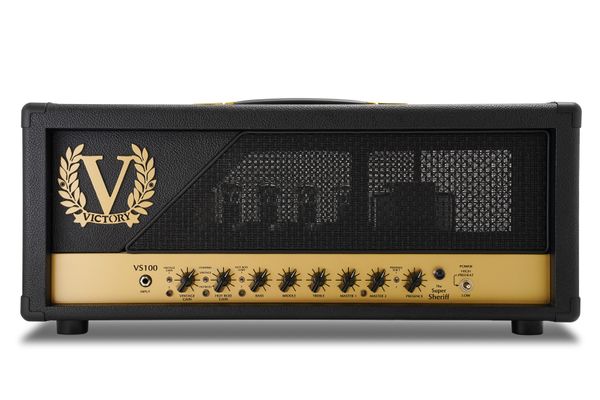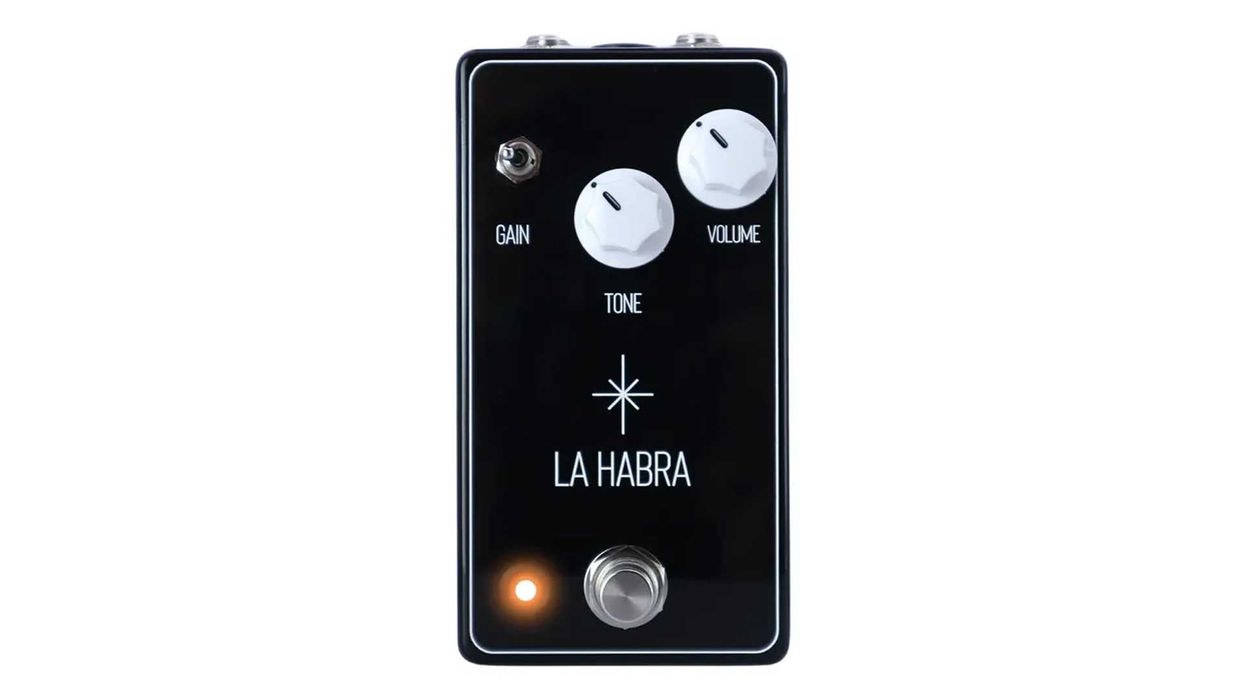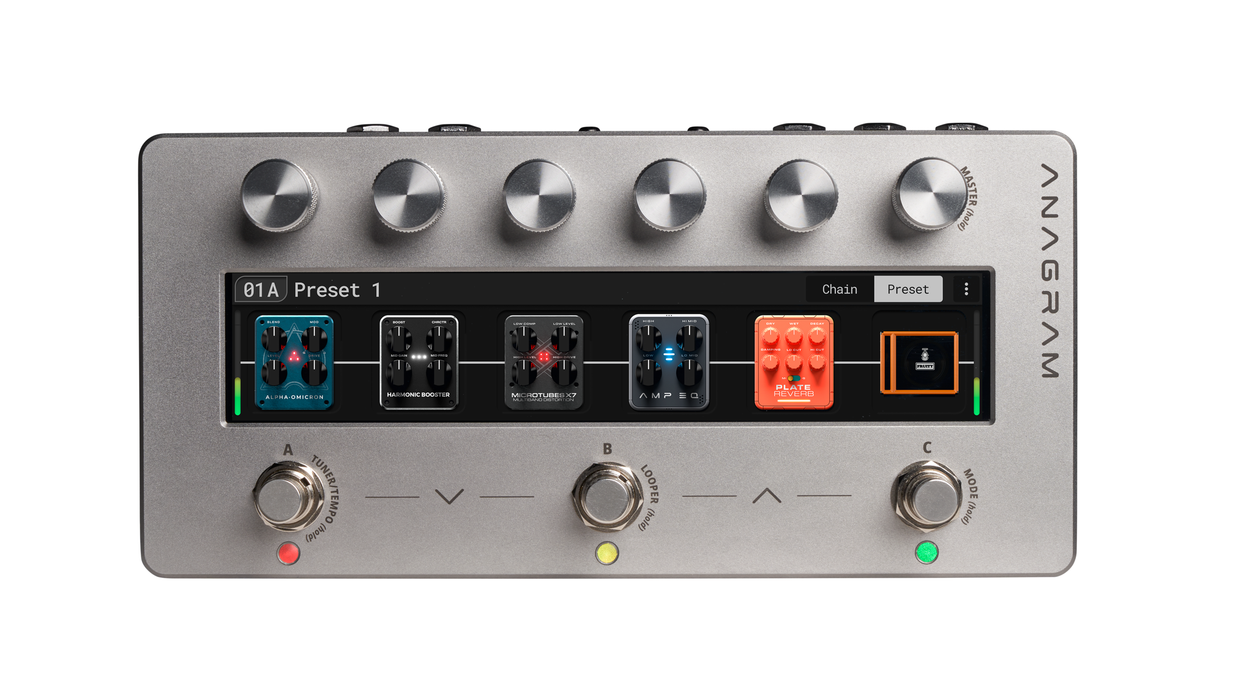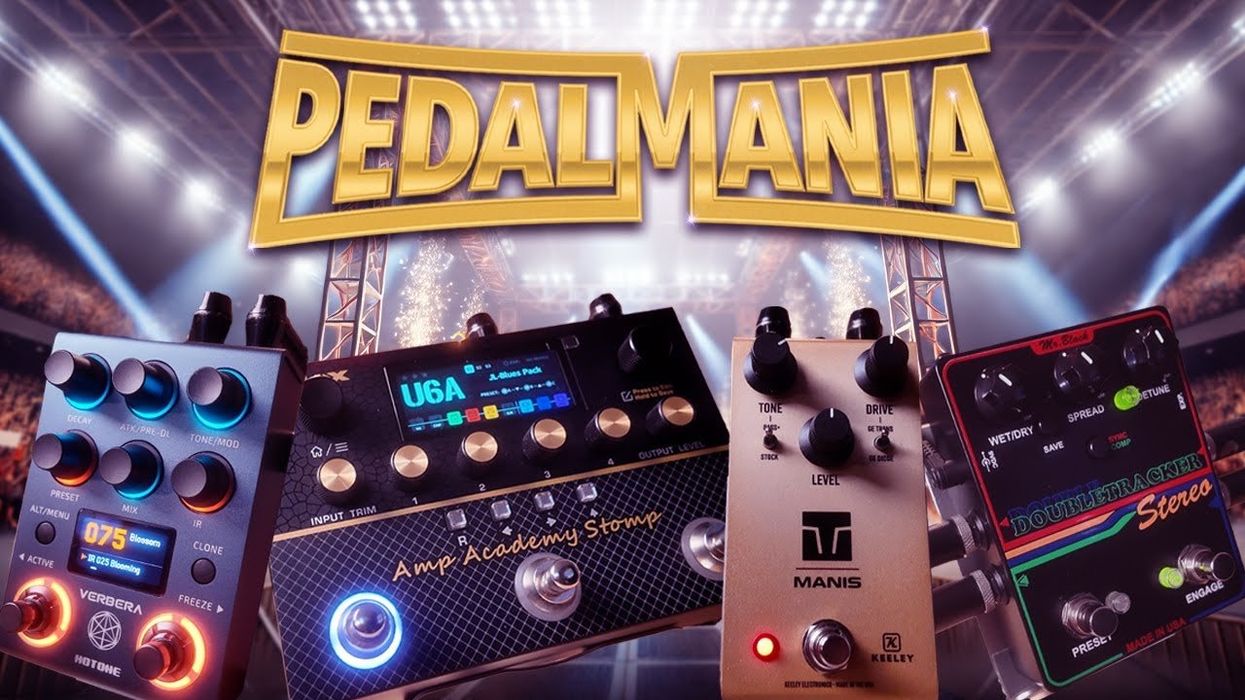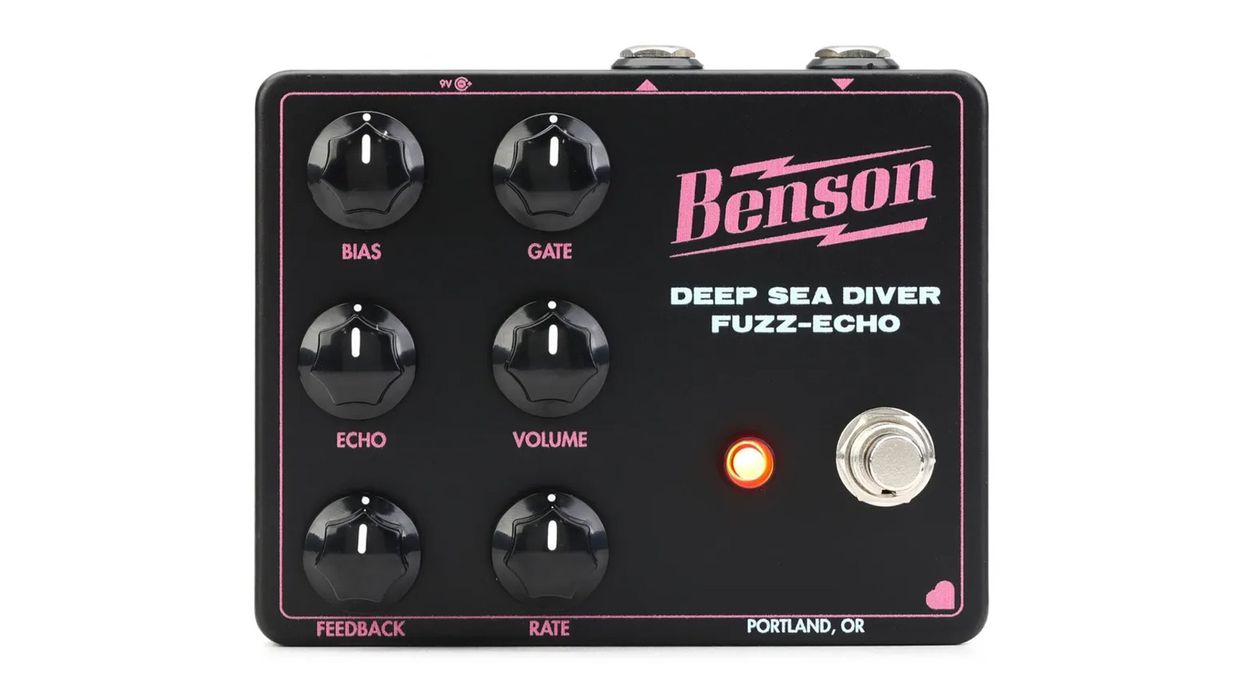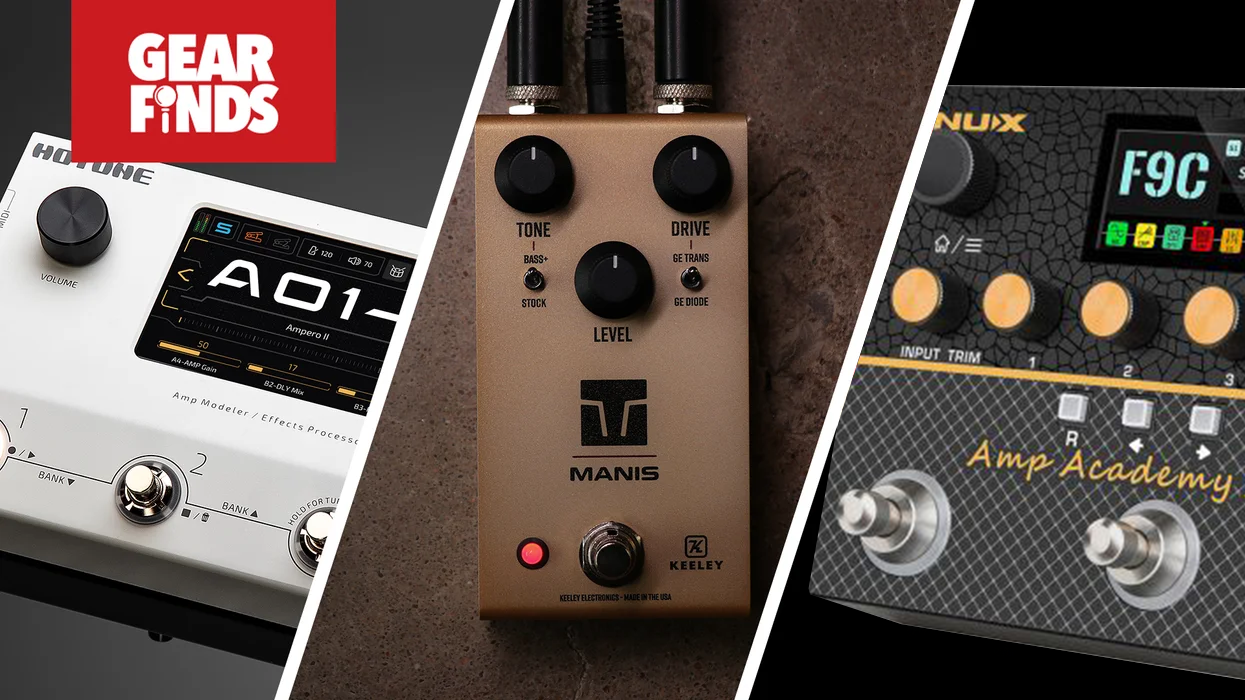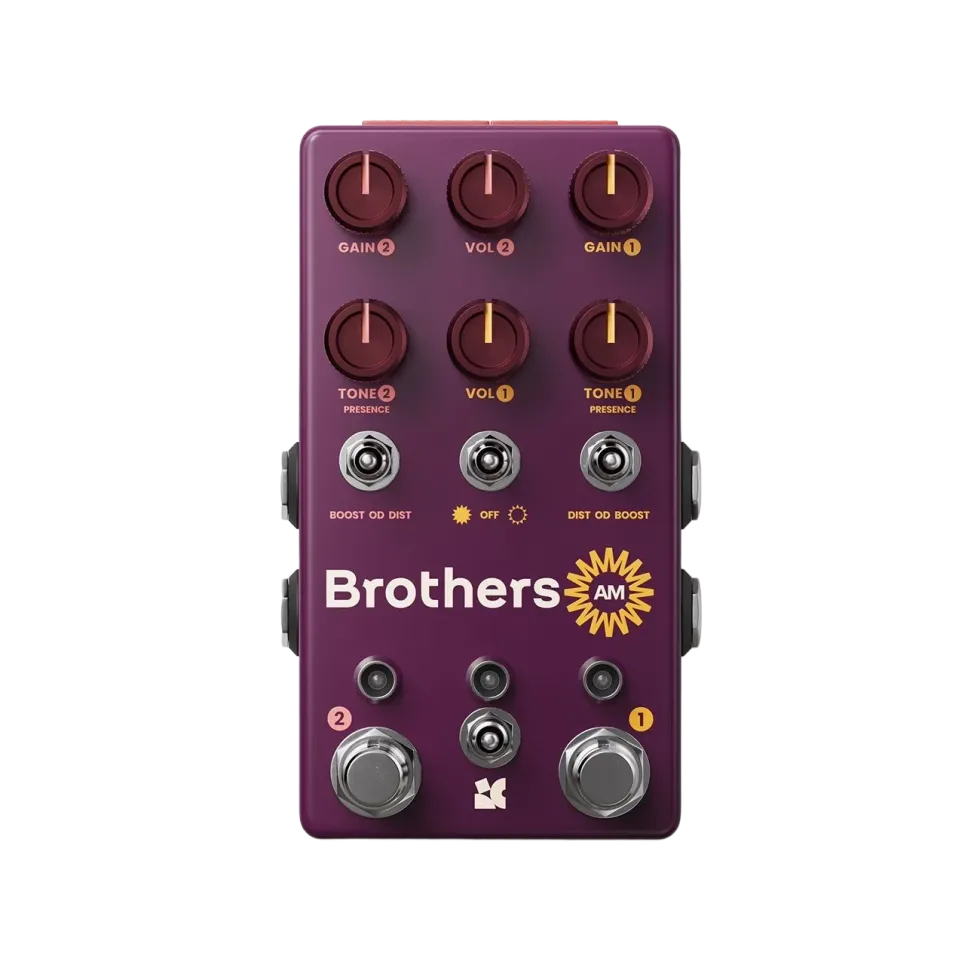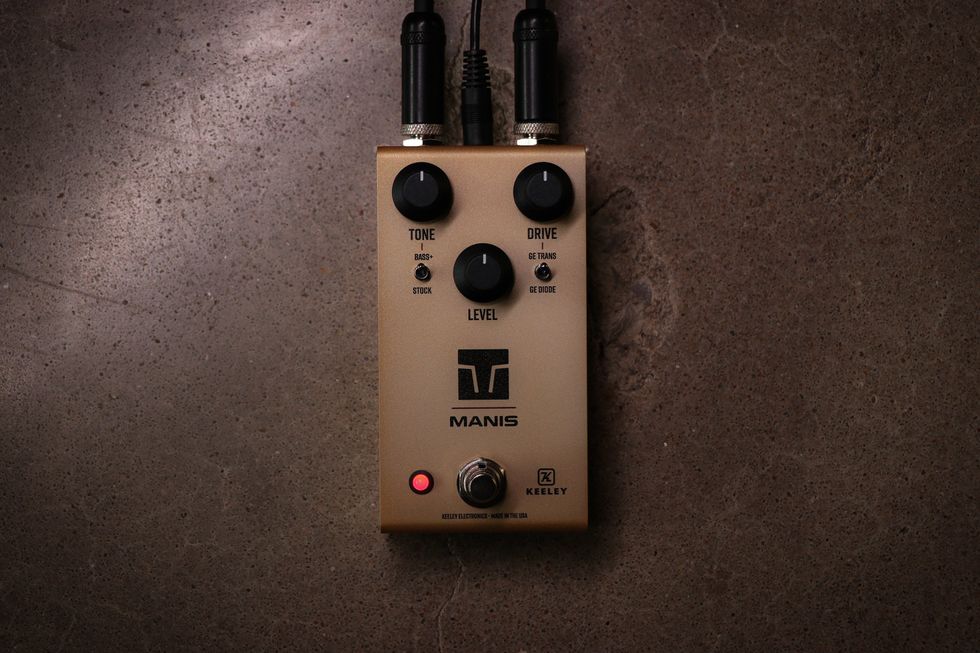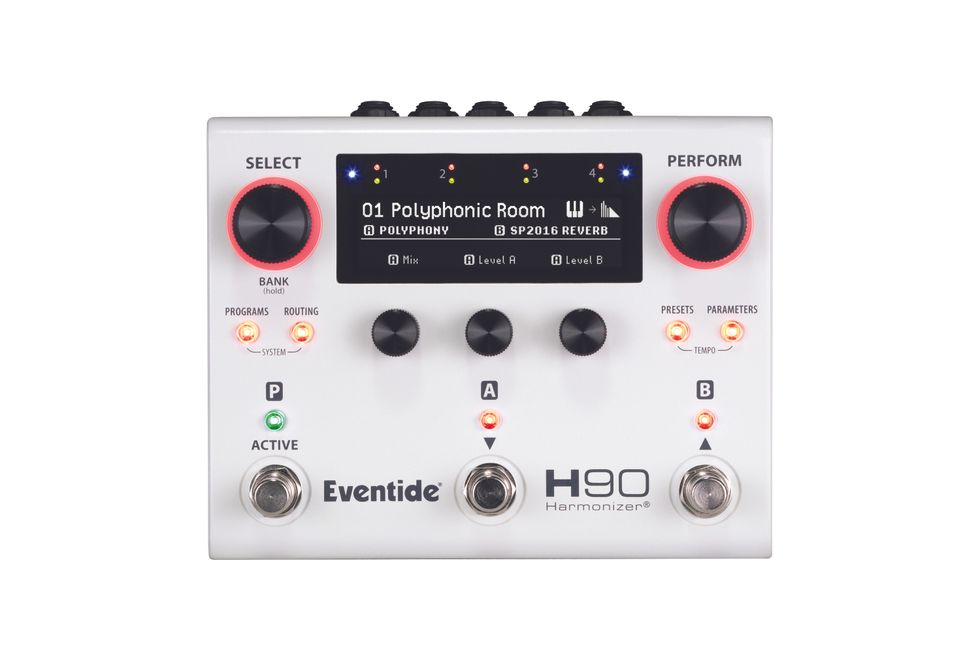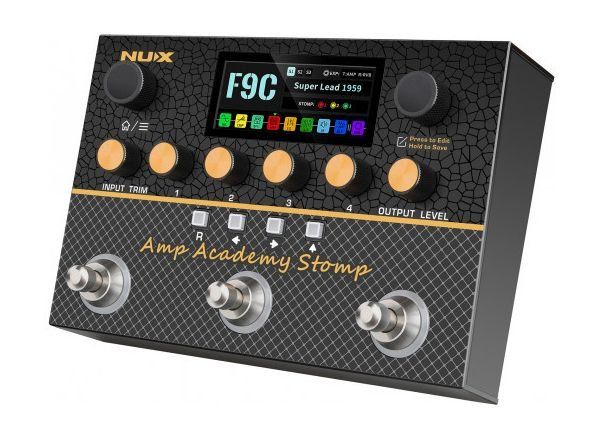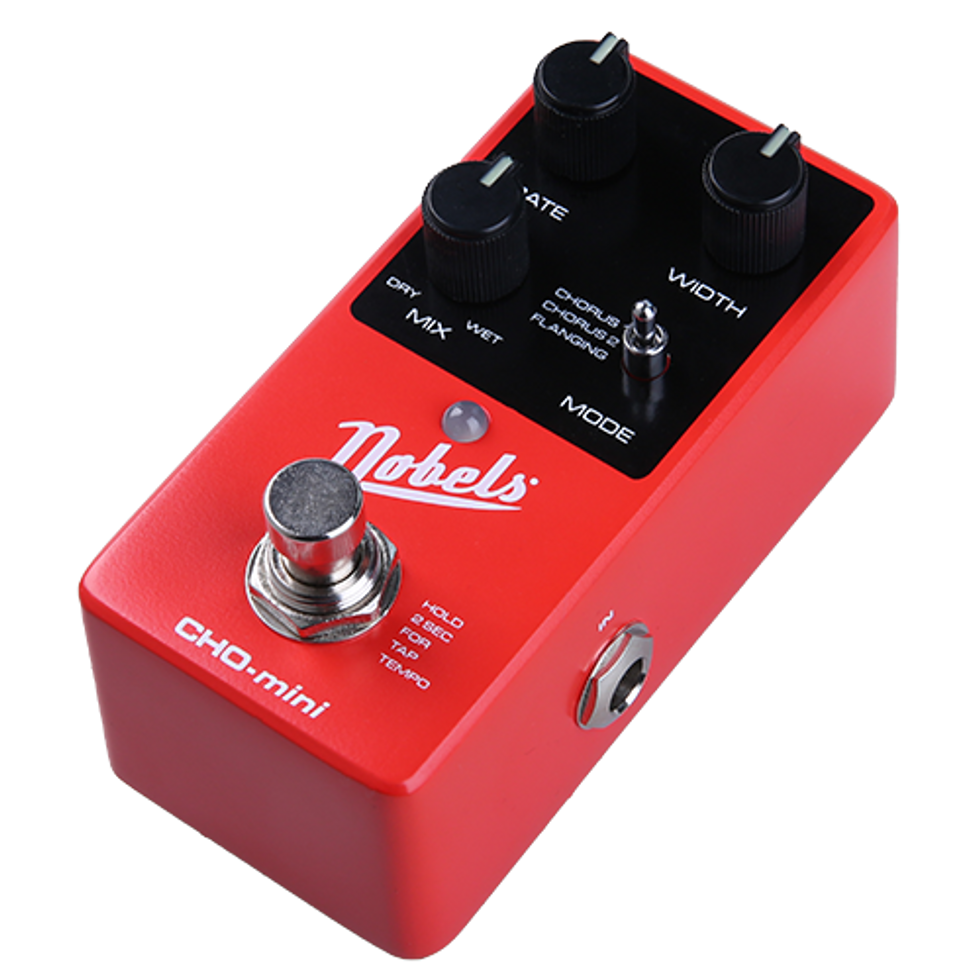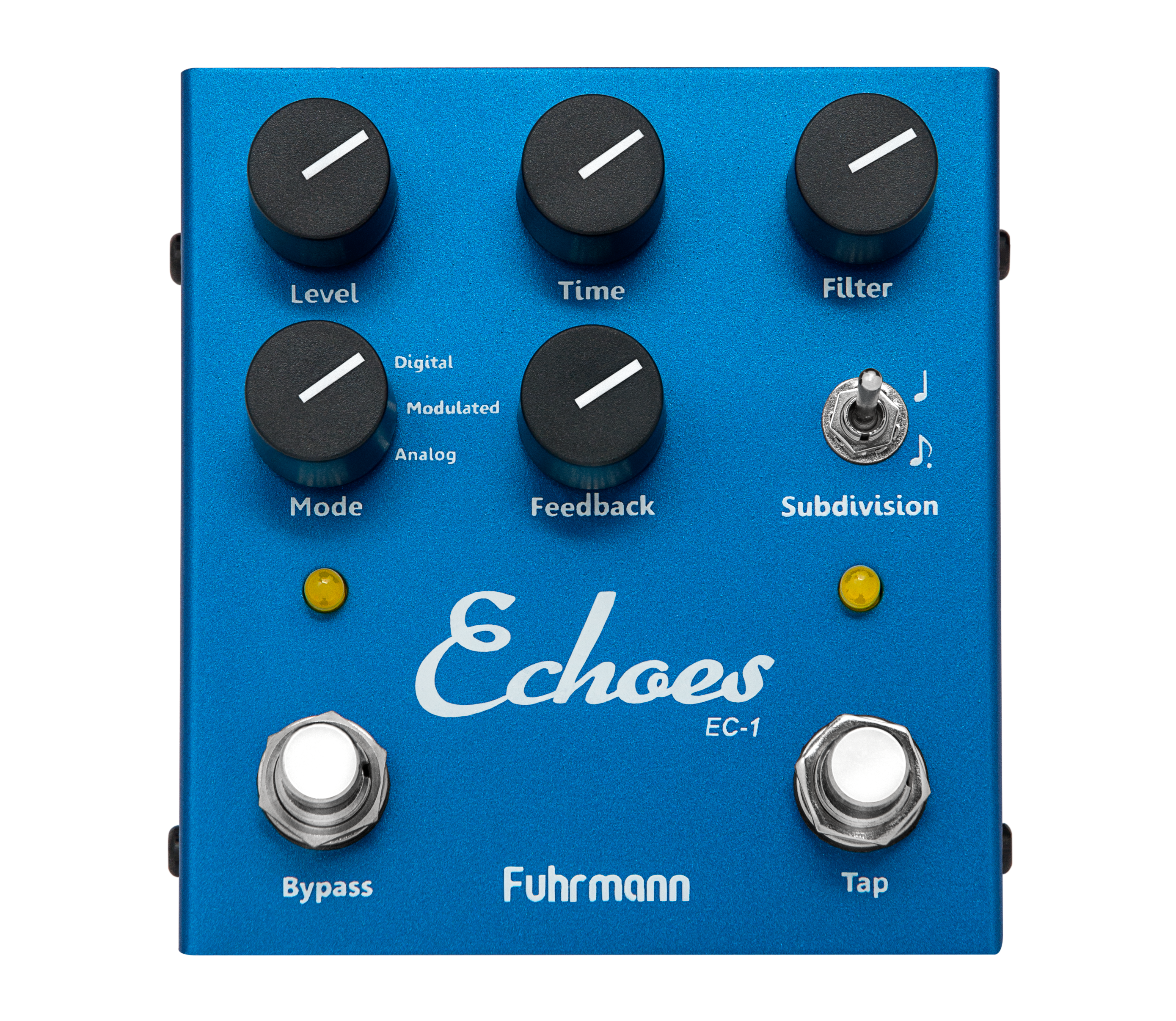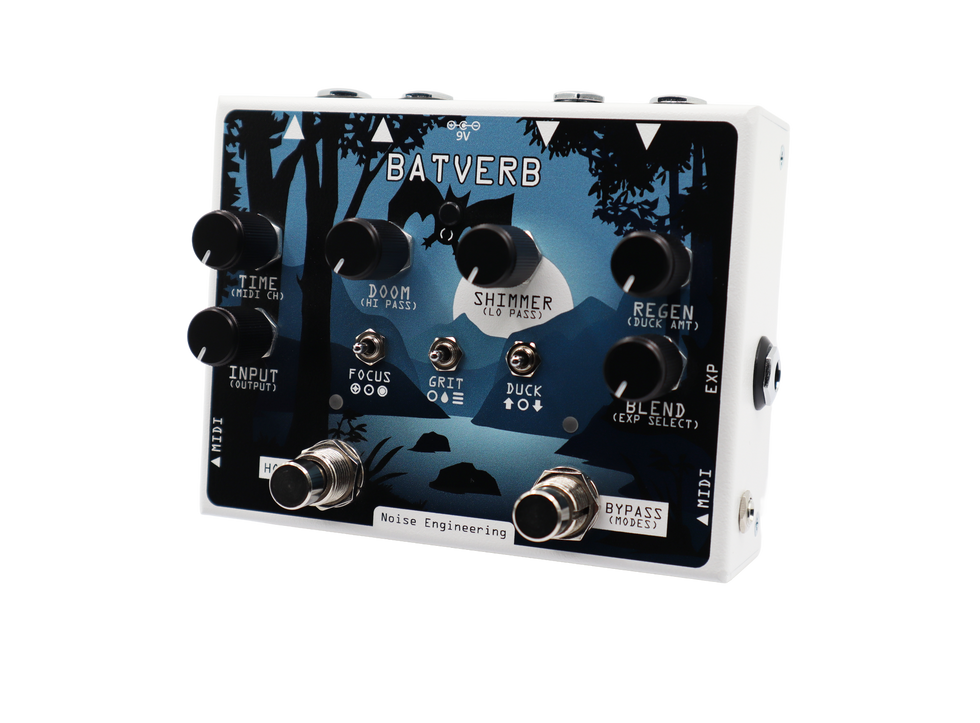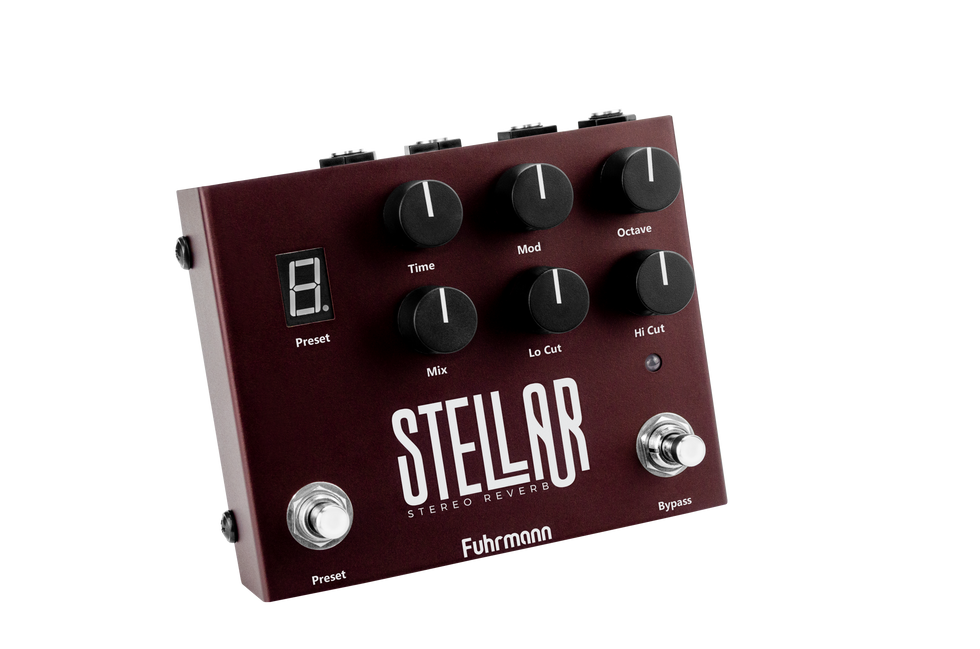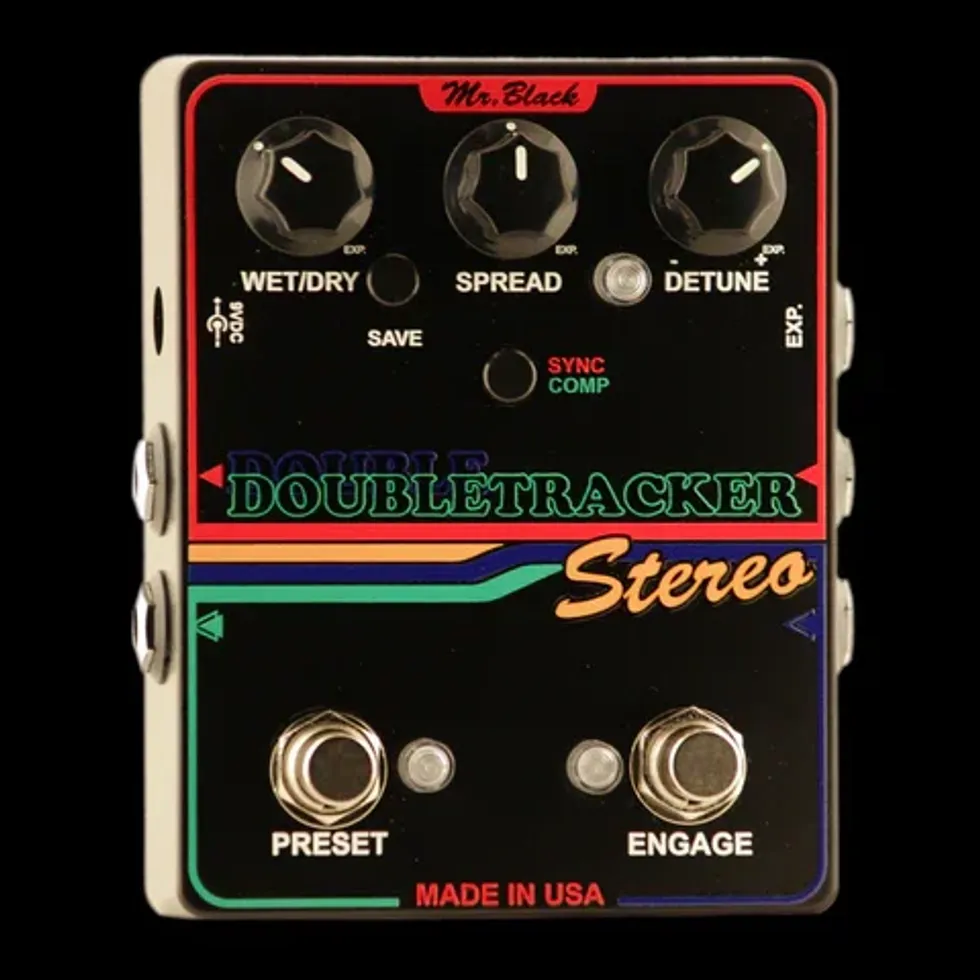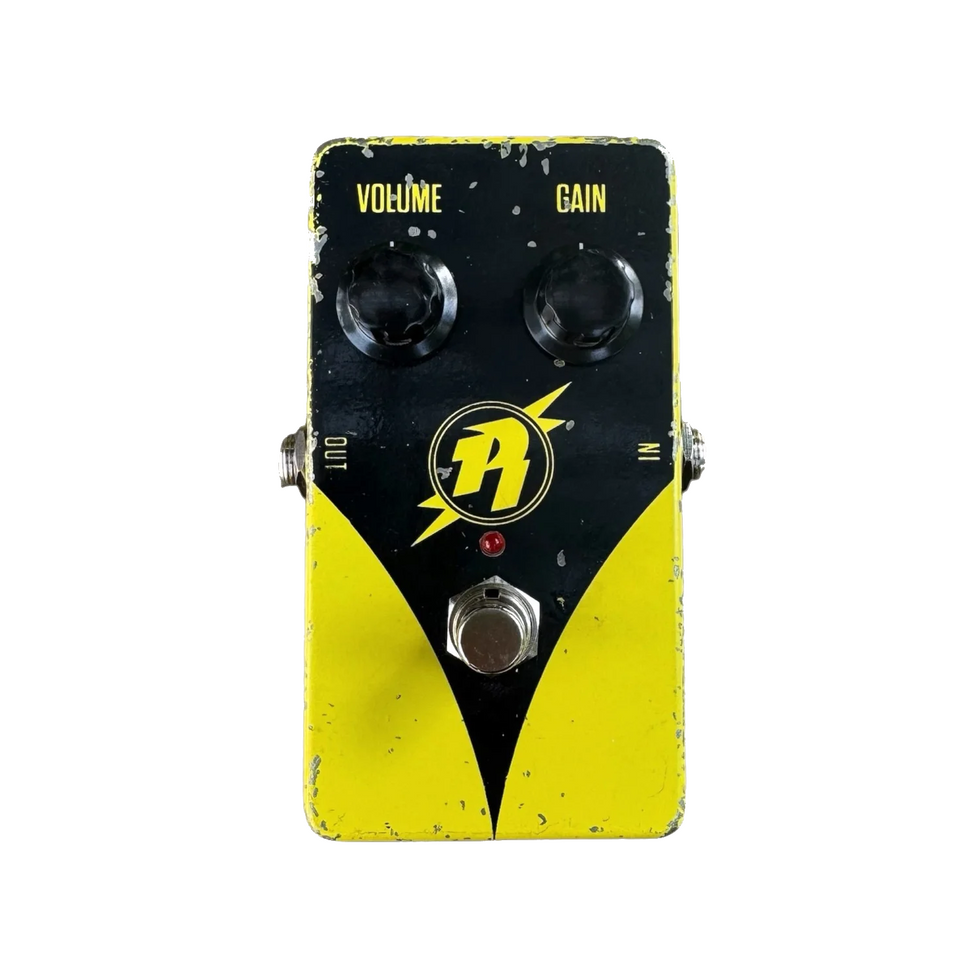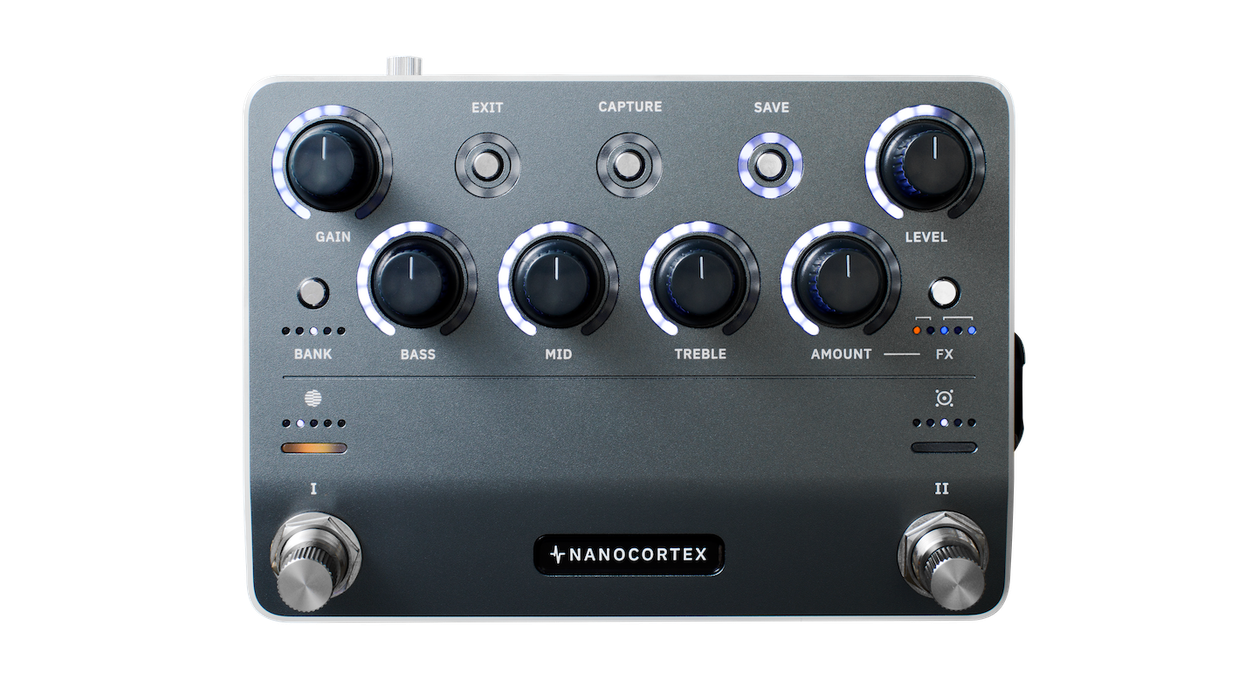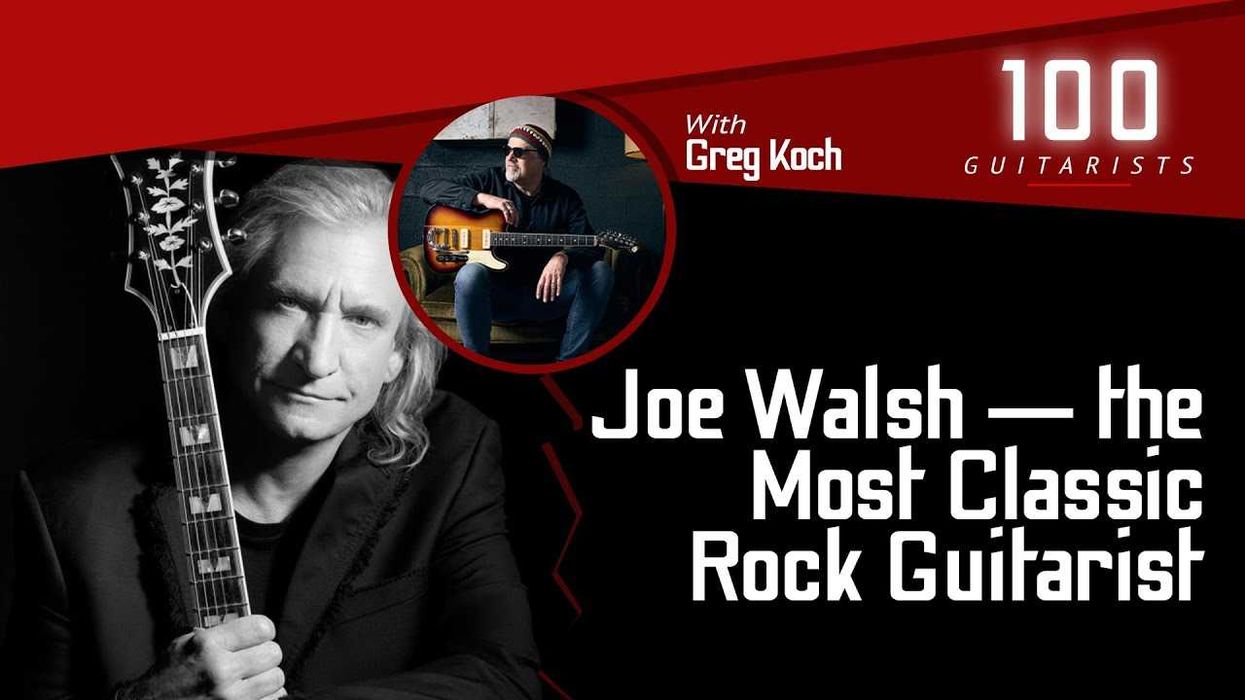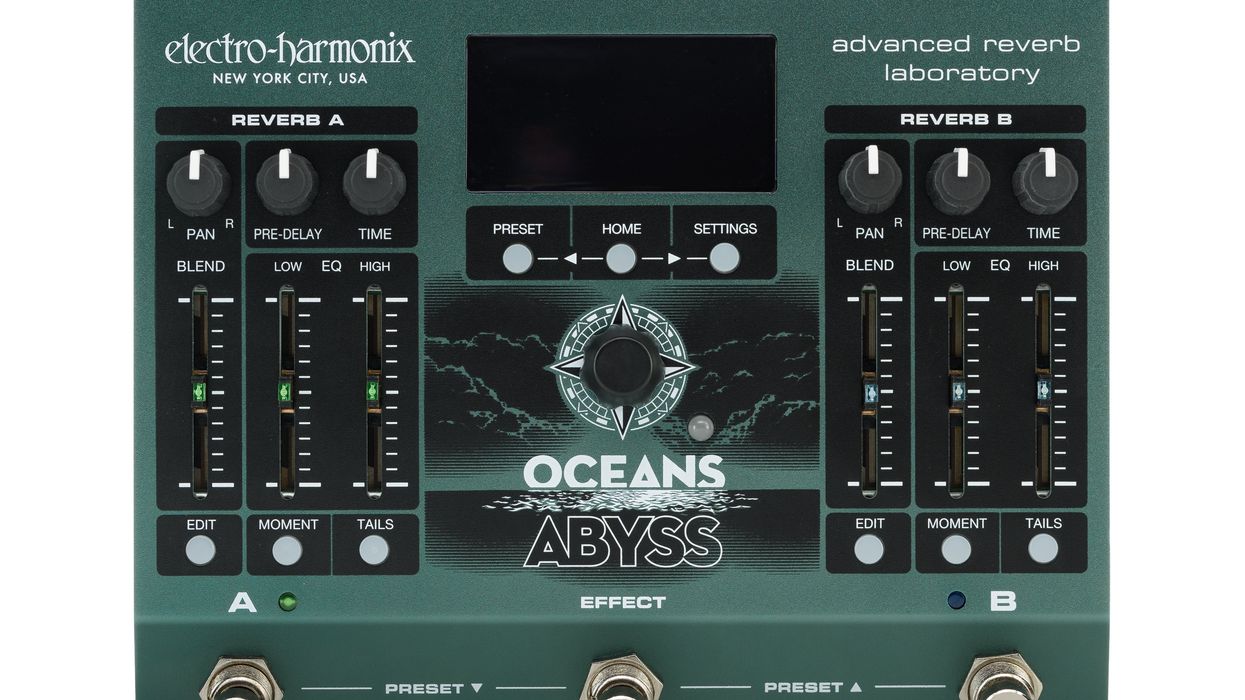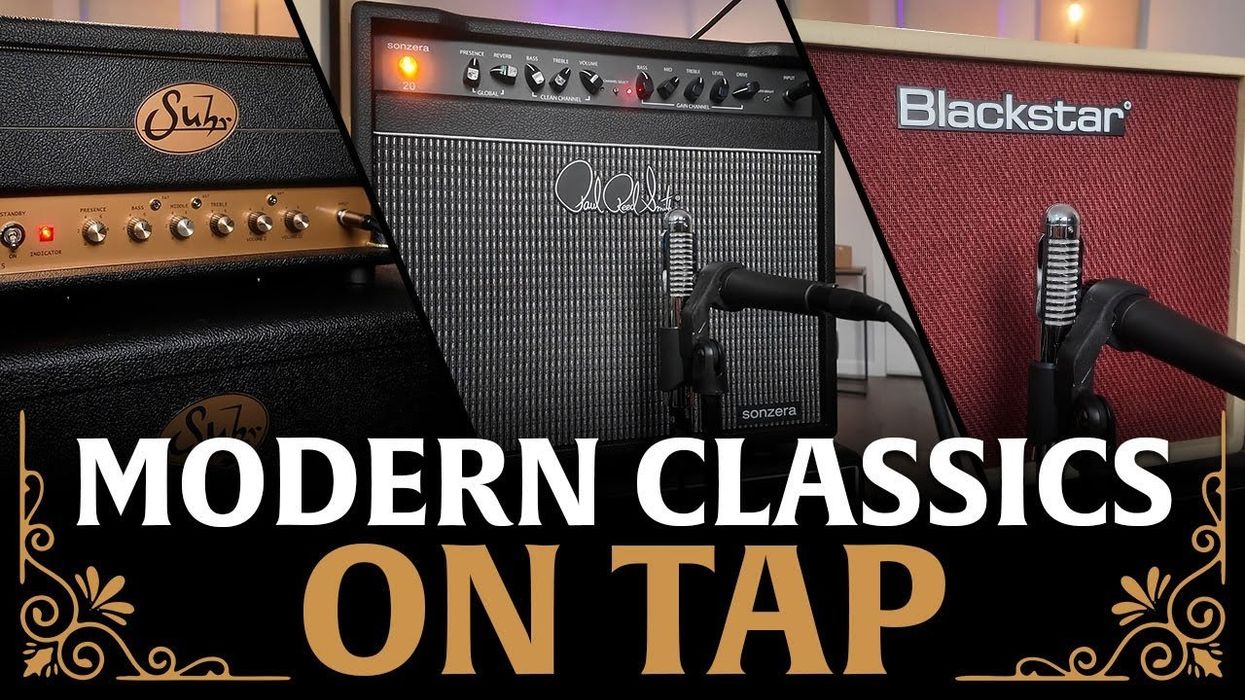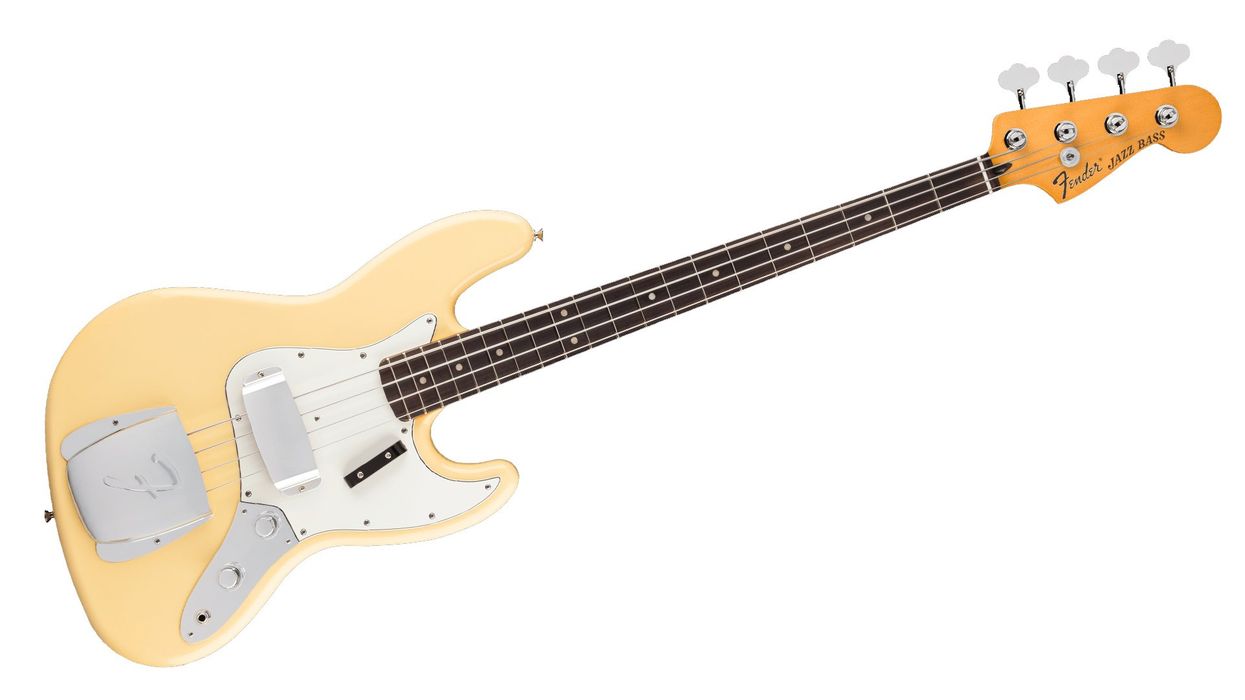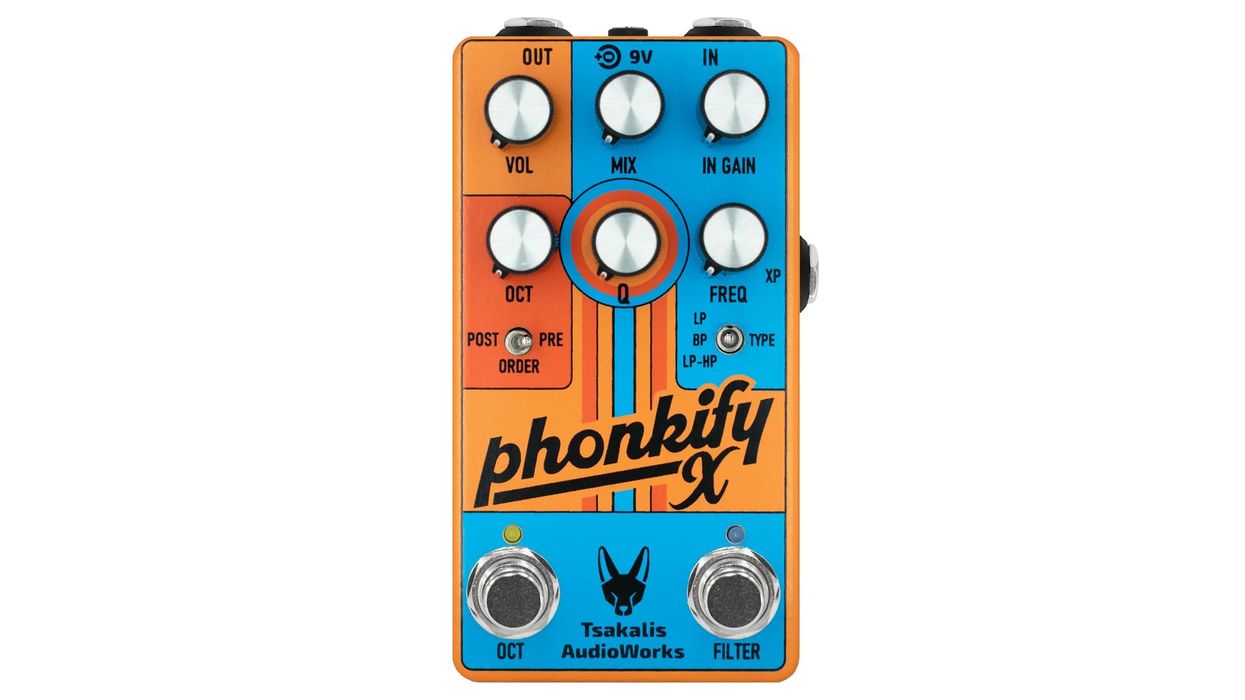Victory Amps is, not surprisingly, well versed in big, classic British amp sounds. And the new U.K.-built Super Sheriff VS100 head marks another strong entry from the company in the high-wattage realm. The VS100 is a single-input, 100-watt, two-channel head. It’s simple on the surface. But with gain range mode switches for each channel, you effectively get four gain channels spanning ’80s metal textures, blues, and ’60s and ’70s British rock. And while the Super Sheriff boils over with iconic British sounds, its versatility takes it beyond obvious Marshall-style tone templates. With its wide gain range, flexible tone-shaping capabilities, and boutique-level attention to detail, it’s a formidable high-power alternative.
Victory Amps VS100 Super Sheriff Review by premierguitar
Behind the Jailhouse Doors
The Super Sheriff head is available in two versions: a 27"-wide body designed to sit atop 4x12 cabinets, or a more compact 19.1" version that fits the company’s vertical 2x12 cabs. The chassis is housed in a reinforced wood enclosure with cooling vents on the top, front, and back. The two channels—vintage and hot rod—can be switched via the front panel or a supplied footswitch. A second footswitch, as well as two switches on the main control panel, selects the gain structure, which determines the gain range for each channel. There are also two master volume controls, and you can use the channel-select footswitch to move between different master volume settings in creative ways. This flexibility is enabled by a push button on the rear panel which makes it possible to assign a master volume control to its respective channel or use the two master volumes globally so you can use two different output settings within each channel.
The Super Sheriff’s preamp section utilizes four ECC83 preamp tubes, while the power section is outfitted with four EL34 tubes, providing a 100-watt output in full-power mode. A low-power mode reduces power tube plate and bias voltages, decreasing the output power to 30-35 watts. Output power modes are switched via a 3-way front panel switch that also functions as the standby switch in the center position. A mains power rocker switch on the back-panel enables globe-hopping players to switch between 230 or 115 volts, and a custom 3-tap output transformer, meanwhile, supports 4-, 8-, or 16-ohm loads.
In both vintage gain structure modes, the Super Sheriff is responsive to picking and guitar-volume dynamics.
The flexibility doesn’t stop there. The VS100 is designed to function with a variety of power tubes, including 6L6s, KT77s, 5881s, 6CA7s, and more, and external back panel bias test points make power tube swaps easy without consulting a tech. A low-impedance series effects loop with ¼" send and return jacks is situated on the back panel. Both channels work flawlessly with pedals in the loop.
Tone Patrol
The 3-band EQ and presence control are clearly inspired by classic Marshall tone stacks. The frequency response is discernibly similar, too, but the voicing accommodates more extreme, high-gain settings. Presence is adjusted by two front-panel-mounted controls—a standard rotary knob and a 2-way presence shift switch, which changes the frequency range regulated by the presence control. Presence shift 1 attenuates frequencies above 5 khZ. Presence shift 2 sounds more traditional and, to my ear, offers enhanced harmonics. The presence knob is super responsive and makes fine-tuning the high end a breeze.
Shaping the bass response is easy, too. Though it is situated on the back panel, the rotary depth control enables you to dial in more focus and intensity in the low end. An associated push button moves between tight mode, which emphasizes low-mid content and sounds punchier, or loose mode, which adds thickness and low-end resonance. Altogether it’s a highly versatile set of controls that’s well suited to the wide range of gain on tap, but which also makes it easy to dial up great sounds regardless of pickups, guitar, or cabinet.
Old School or Nu School?
Switching between the vintage and hot rod channels, and their respective gain structure settings, is like taking a tour of English high-gain amp history. The vintage channel offers rich low end and a mid-forward character that’s perfect for single-coil pickups. Vintage 1 is the cleaner of the two gain structures, and here the Super Sheriff behaves like a JTM45 with extra headroom. Situating the gain below 12 o’clock delivers high headroom and clean tones that are articulate with little to no breakup. Push the gain past the midway point, though, and a hint of gentle compression and hair starts to emerge. At 3 o’clock and beyond, you hear chunky drive with a clear open top. The vintage 2 gain structure is the crunchier big brother to vintage 1, and sounds a lot like a stock JCM800. Low-gain settings are slightly dark, but if you push the gain past 1 o’clock, you hear more upper midrange and harmonics. AC/DC fans will be very happy here. In both vintage gain structure modes, the Super Sheriff is responsive to picking and guitar volume dynamics.
The hot rod channel, inspired by the modded JCM800s that ruled the 1980s, features much higher gain and an aggressive edge. Compared to the vintage channel, bass response is decreased and midrange content around 900 kHz is pushed to the fore. The hot rod 1 gain structure ranges from a medium overdrive to searing lead tones. Hot rod 2 happily veers into modern metal territory, too. Increasing the gain adds significant compression and a harmonic lift from 3 kHz and higher, lending the output a distinct glassiness. If you push the gain past 3 o’clock in hot rod 2 mode, you will note traces of fizziness. But it’s easy to hear how these settings would work well with detuned guitars or baritones with extra low end that can offset the added sizzle.
The Verdict
The VS100 Super Sheriff captures the essence of big British amp tones but offers flexibility that transcends any one vintage amp. With veteran amp designer Martin Kidd at the helm, the team at Victory Amplification lovingly crafted a flexible, modern vehicle for tapping into decades worth of Marshall-style sounds. That range, the tones, and quality construction make the Super Sheriff a deal, in spite of the high-end price.
